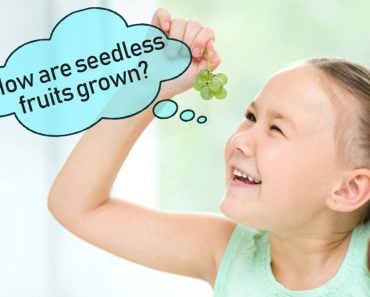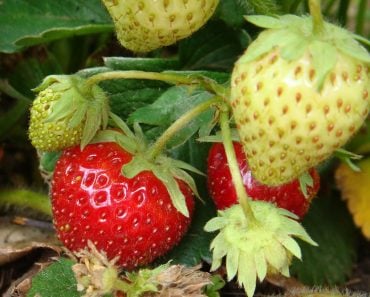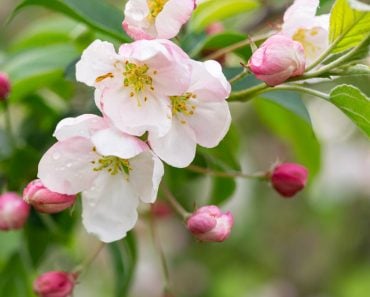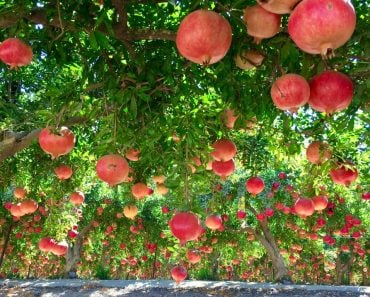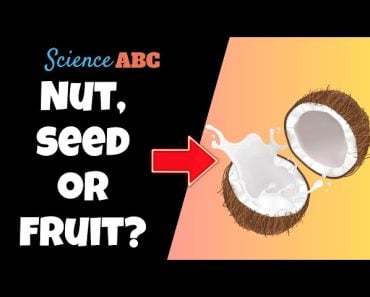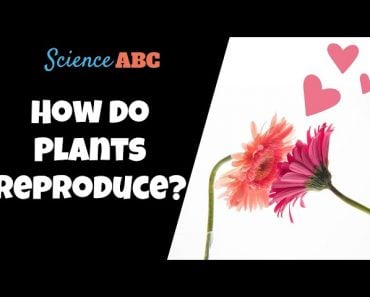Table of Contents (click to expand)
Capsaicin is what makes chilies spicy. Chili plants seemed to have evolved to produce capsaicin to stay safe from diseases and ensure that their seeds don’t get eaten up.
Every plant has a different medium for seed dispersal. Some plants need the help of abiotic factors, like wind and water. These fruits are lightweight and can have structures to aid distribution, such as pappus in dandelions.
At the same time, other plants produce delicious fruits to draw in animals. These animals feed on the fruits and, in return, help the plants with seed dispersal.
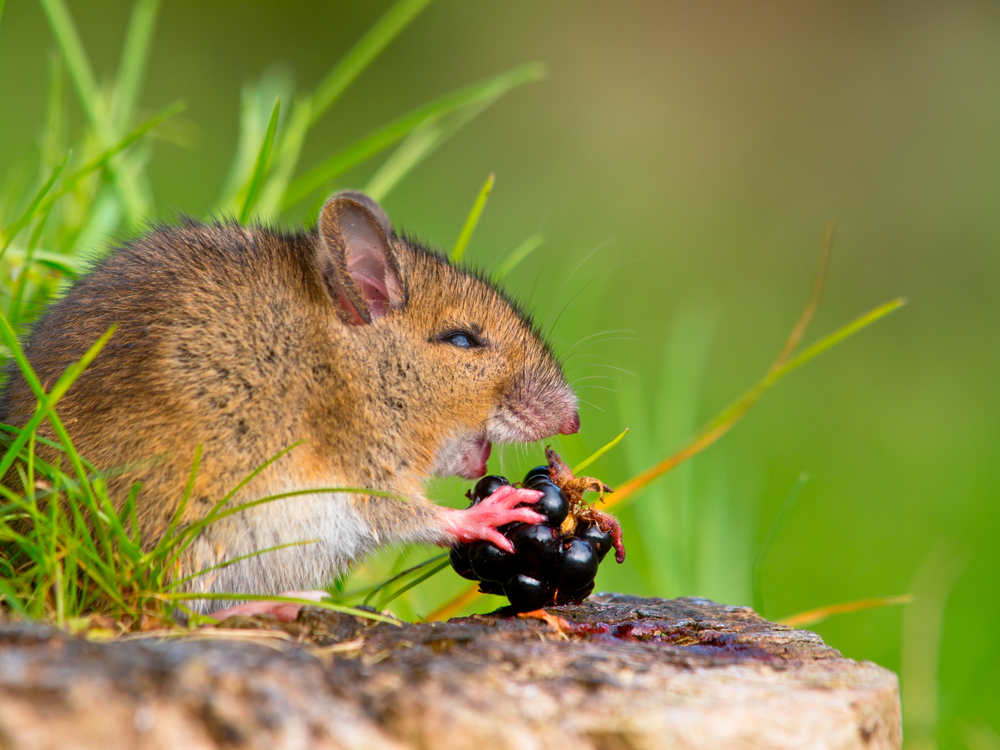
However, chili plants follow neither of these techniques. In contrast, they produce fruits containing burning hot capsaicin that repel most animals. Why have these plants have chosen such a contrary and somewhat toxic path, as compared to most plants.
Recommended Video for you:
What Is Capsaicin?
Capsaicin is the active phenolic compound that all chili plants (except Capsicum annum) have. It is an oil-like molecule that activates thermal and pain receptors of most animals, giving them a burning sensation upon consuming it.
Capsaicin glands are present in the placenta (not like the ones mammals have) of the fruits. Since the seeds are attached to the placenta, they get some capsaicin brushed on them.
Now, if you’re wondering what a placenta looks like, you can take any chili fruit and cut it in half. There will be a structure that holds the seeds. That’s the placenta, where capsaicin glands are found!
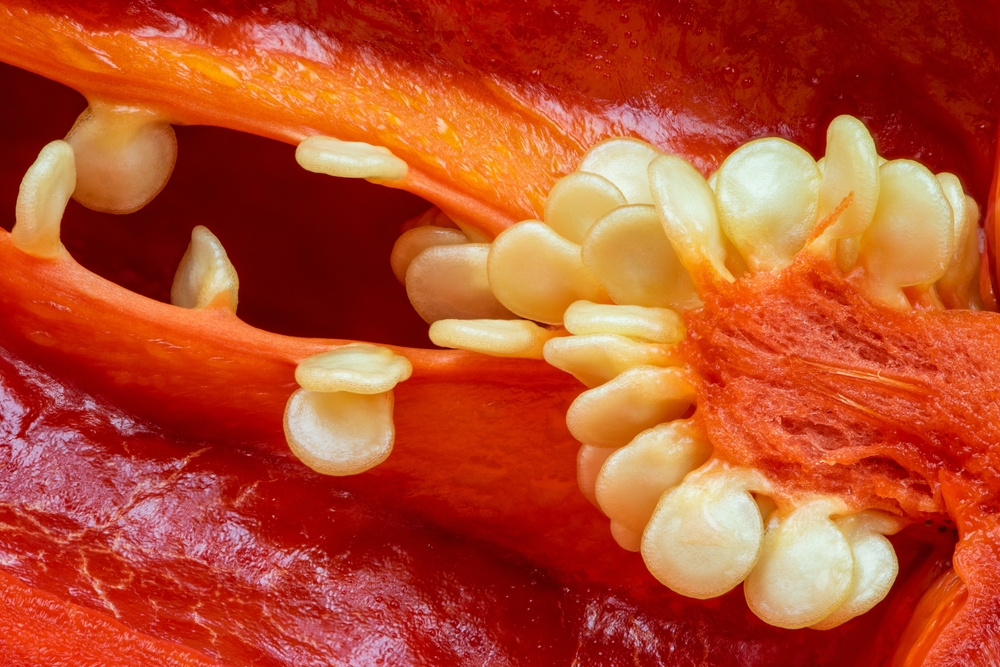
Benefits Of Hot Chili Fruits
Many fungi are pathogenic to chili plants. They infect fruits punctured by insects and cause the seeds to rot even before they germinate. The chili plant need not worry, because capsaicin has antifungal properties, protecting it from potential fungal infections.
A study investigated the effect of capsaicin on fusarium, the prime fungal pathogen of chili, and it demonstrated that capsaicin inhibited fusarium growth by 33%.
Next, these spicy fruits also defend their plants against insects. Insects feed on the pods of the plant and damage them. The holes can end up acting as entry channels for pathogens. The capsaicin in fruits is toxic to insects and limits their infestation.
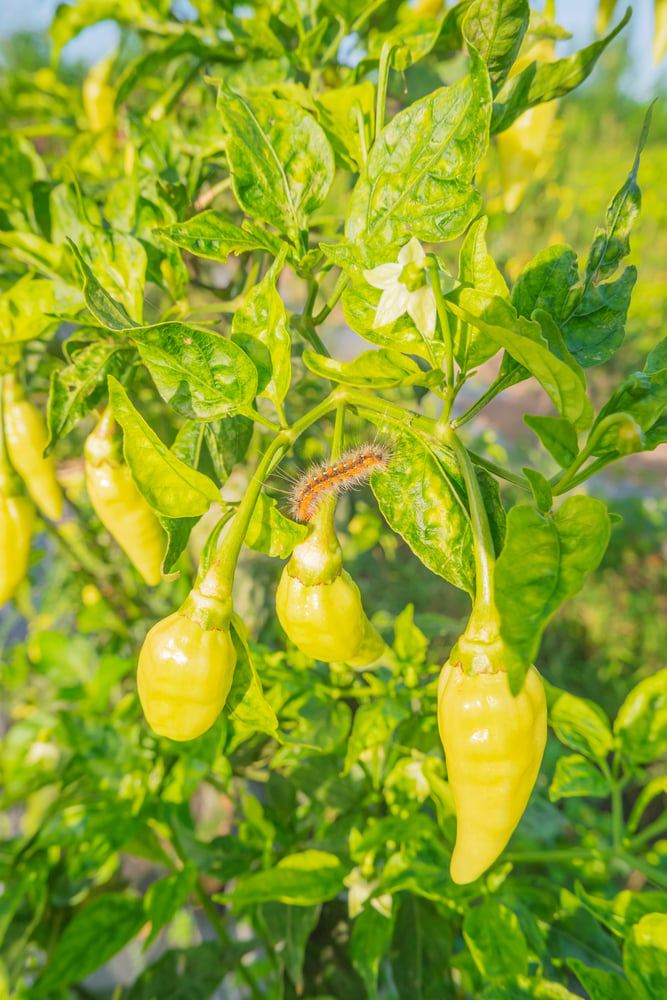
At last, mammals chew the food they consume. For the sensitive chili seed coat, all that forceful munching of herbivores damages the seeds, to the extent that they will fail to germinate. The spicy capsaicin deters many mammals from eating chili fruits. Although humans love the kick that hot fruits give, other mammals avoid them.
If capsaicin is so beneficial, why don’t all plants produce it?
Well, this phenolic compound is expensive in terms of energy, and requires a large quantity of nitrogen. Also, these plants have more stomata to aid capsaicin production. A higher number of stomata increases the transpiration rate. Thereby, chili plants lose more water than average non-spicy fruiting plants.
This need seems fine when water is in surplus, but if drought prevails, these plants cannot meet their water demands. Thus, they will show a reduced number of seeds or less capsaicin in the fruits. In contrast, non-spicy plants don’t need to compromise on seed production during droughts. They thrive well and will show a standard range of seeds.
How Are Chili Seeds Dispersed?
For chili seeds, a perfect seed disperser shouldn’t crush the seeds, damage the rest of the plant, or transmit diseases. The only animals that fulfill these criteria are birds!
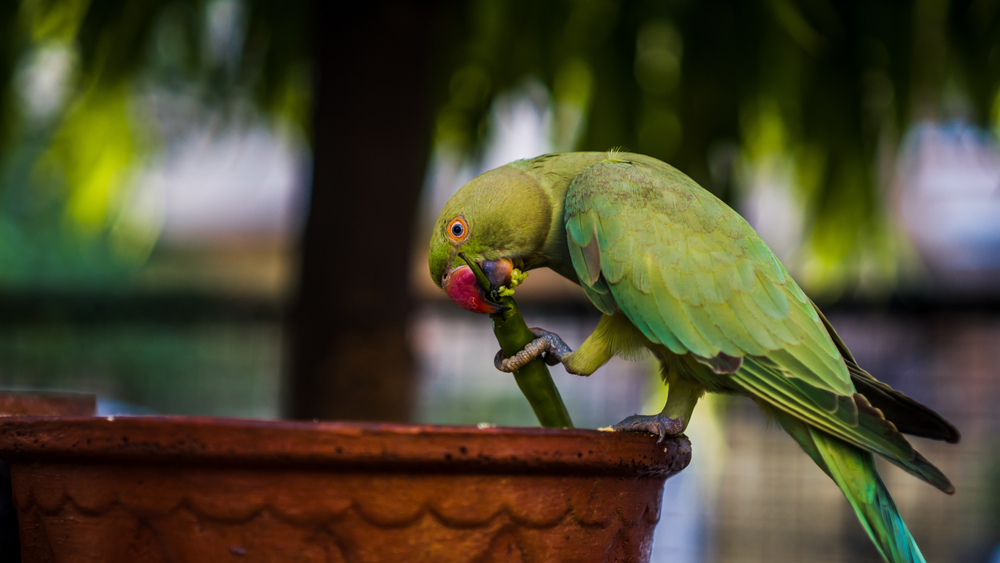
Birds don’t have receptors for capsaicin. No receptor means no burning sensation. They don’t feel the spiciness at all, whether it is ghost peppers or jalapeños!
When birds consume chili seeds, the seeds pass through their digestive tract. Digestion causes the seeds to lose volatile compounds that attract seed predators, like ants. Pathogen-like fungus concentration in seeds is also reduced by gut action.
Conclusion
A chili plant’s spicy fruits defend them from diseases, insects and mammals. However, oddly enough, capsaicin provides us with a dose of endorphins, aka happy hormones, and the pain-inducing factor seems to encourage us to eat the chili, rather than deter us.
Whatever your spice level, capsaicin benefits chili plants, because, in the end, we breed a significant number of chili varieties for their spicy fruits!
References (click to expand)
- The Complicated Evolutionary History of Spicy Chili Peppers. Harvard University
- Fricke, E. C., Simon, M. J., Reagan, K. M., Levey, D. J., Riffell, J. A., Carlo, T. A., & Tewksbury, J. J. (2013, June 21). When condition trumps location: seed consumption by fruit‐eating birds removes pathogens and predator attractants. (D. Hosken, Ed.), Ecology Letters. Wiley.
- Airborne gut action primes wild chili pepper seeds | UW News. The University of Washington
- New research illustrates how birds help to produce rare wild .... Iowa State University of Science and Technology
- Tewksbury, J. J., Reagan, K. M., Machnicki, N. J., Carlo, T. A., Haak, D. C., Peñaloza, A. L. C., & Levey, D. J. (2008, August 19). Evolutionary ecology of pungency in wild chilies. Proceedings of the National Academy of Sciences. Proceedings of the National Academy of Sciences.
- Chilies - The Master Gardener Journal - University of Arizona. The University of Arizona

